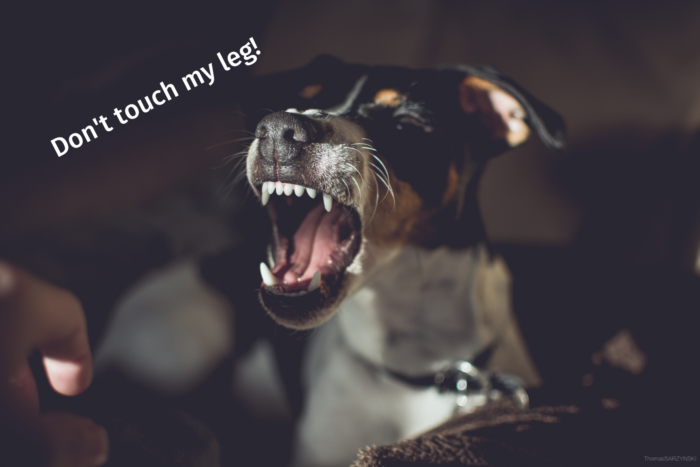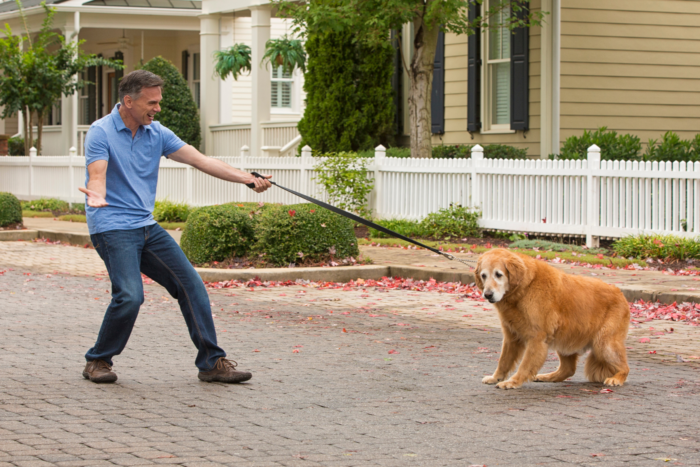What are the signs that our dog may be suffering? Signs of pain in dogs
Pain is organism’s natural response to tissue damage. It is a very important message that we receive from our bodies – ‘hey something is wrong!’. Thanks to the pain, we can avoid further damage and situations leading to pain (as a natural positive punishment) or end already painful ones (as negative reinforcement). But pain that lasts beyond the normal time of tissue healing, is a chronic pain. It may affect the quality of life, lead to further decrease of health, and bring changes to behaviour. What are the signs of pain in dogs?
What should you looking for?
The obvious one is a vocalisation. We often see it in acute pain situations, when for example someone accidentally steps on dog’s tail (ouch!). But this is only one of many signs, that something bad may be happening. Sudden changes in natural movement patterns, that are rather easily noticeable for us and are giving us obvious cues what is going on are differences in posture – dog seems to lean on one side, have arched back or takes unusual positions, avoiding certain movements, limping/lameness. Putting stress on some parts of body is being avoided, and general reduction in movement can be observed. Defensiveness while touching or manipulating painful area, panting when it’s not hot, ears positioned towards the back and of course vocalising.
Behaving badly? Go for medical check up!
But there are also signs, which are often misunderstood and too often we tend to blame the dog’s character/mood or ill will. According to a study (1), 80% of dogs that consulted behavioural problems, experienced pain! This is a HUGE amount of misunderstood suffering! Lack of appetite, being picky, urinating in unusual places, or not being able to sleep well, restlessness and even changes of face expression. Also dogs that suffer from pain may show aggressive or avoidance behaviours towards people or animals, so each time we are dealing with such issues, we have to make sure that the primary cause is not pain.
“He is just stubborn” – or maybe in pain?
Some clues might be even more difficult to spot. Dogs due to chronic pain may change their usual habits in a subtle way, like less often jumping (on the sofa), hesitating before jumping into the car, playing less often, not following commands, “being stubborn”, having good and bad days, changing their favourite sleeping spot. Also the muscle atrophy might appear, weight gain because of decreased activity or weight loss due to lack of appetite, avoiding the touch, getting up slower, walking slower, and other changes, that we might labeled as “natural changes connected to aging”, might be consequence of painful chronic disease process gong on. Veterinarians use many different scales to objectively (or at least as much as possible) assess the amount of pain that our dog is experiencing, and if at all. So when our dog seems off, changes behaviours, habits, amount of activity, or even seems less goofy than before, going for a proper physical check should be a priority over behavioural consultation. Let’s keep making our dogs life happy and easy.
Sources:
(1) Mills, D.S., Demontigny-Bédard, I., Gruen, M., Klinck, M.P., McPeake, K.J., Barcelos, A.M., Hewison, L., Van Haevermaet, H., Denenberg, S., Hauser, H. and Koch, C., 2020. Pain and problem behavior in cats and dogs. Animals, 10(2), p.318. (2) B. Bockstahler, K. Wittek, D. Levine, J. Maierl, D. Millis “Essential facts op physical medicine, rehabilitation and sports medicine in companion animals”
See also other posts:
June 30, 2023
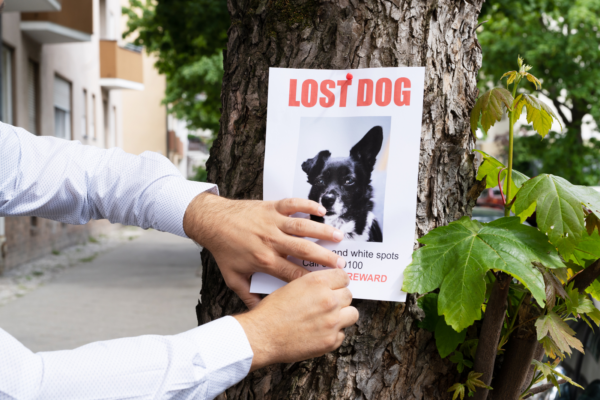
Get Your Lost Dog Back Home Quickly: Follow These 12 Tips for Success
Vacations favor more frequent and longer walks with our furry friends. We travel, visit new places. Summer makes us loosen our brakes and allow our…
June 30, 2023
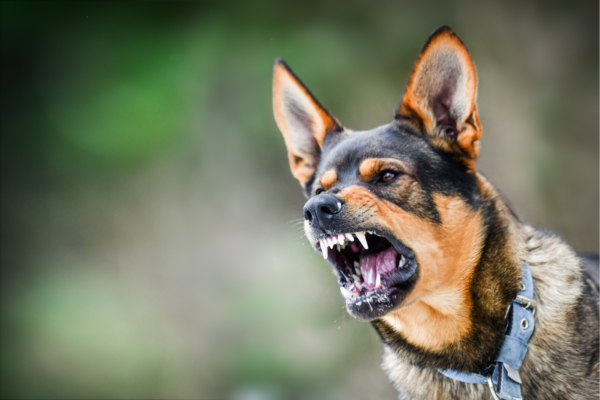
Managing Aggressive Dog Behavior: Tips for Peaceful Living
Living with an aggressive dog may seem challenging, but it can be peaceful and manageable with the right approach. One key aspect is to remain…
June 30, 2023
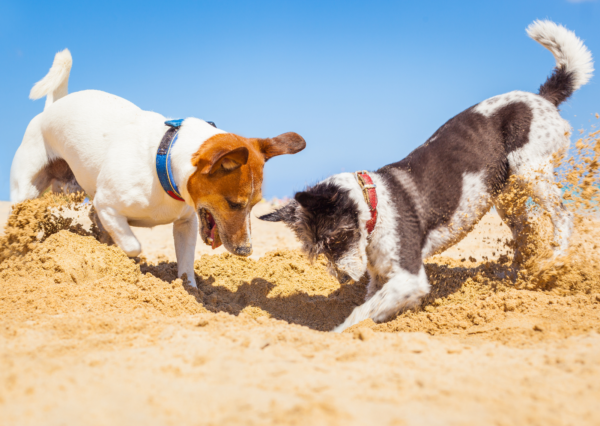
Unlocking the Secret to Successful Puppy Socialization: Quality over Quantity
Today, although the topic is very important, I will keep it brief. Socialization is a topic that could fill books or scientific papers. However, today…



